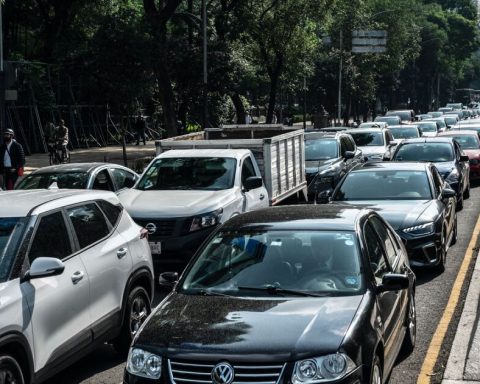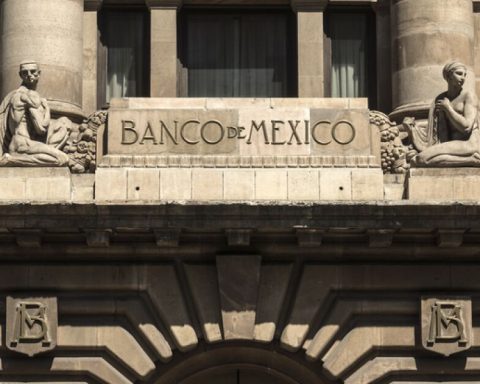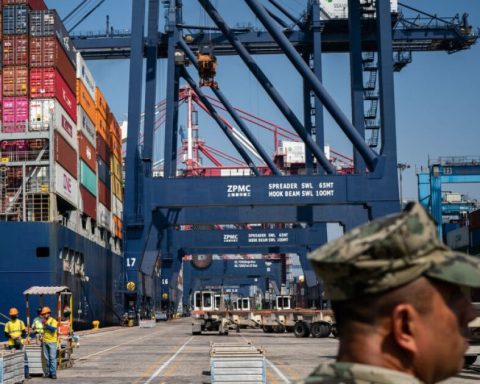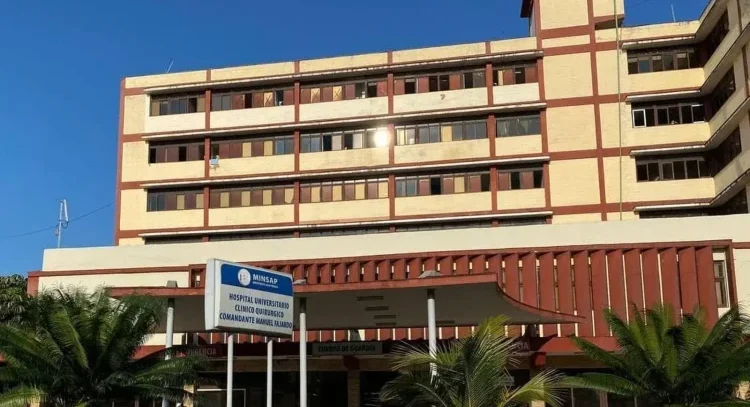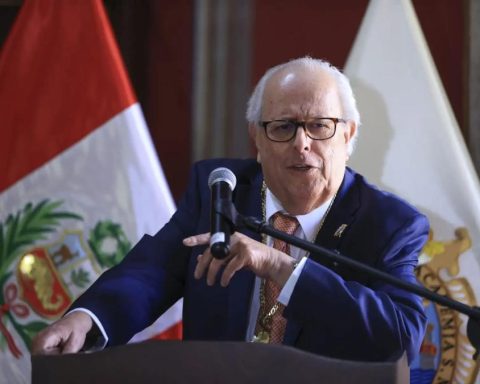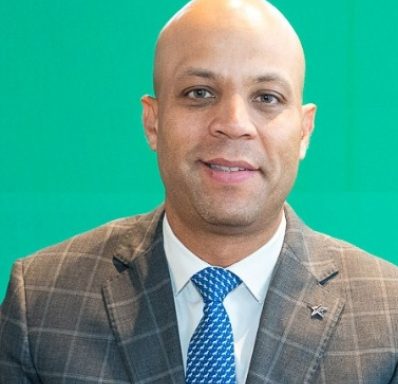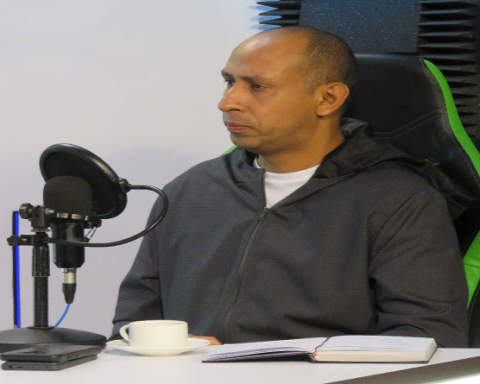C
When it comes to numbers, Lula da Silva’s Brazil is still doing very well, thank you. Inflation remains below the target set by the sacrosanct and mysterious entity known as financial market
which predicted up to 4.75 percent (the most pessimistic or alarmist mentioned up to 5 percent) and now we know that, although it has grown from 3.9 to 4.25 percent, it is still below 4.5 percentage points, predicted by the Central Bank.
In this specific case, everyone agrees: the blame for this growth lies with the change in electricity rates, which have increased considerably due to the drought that is ravaging the country.
The economy continues to grow slightly above expectations, which went from a forecast of 2.5 to 3.2 percent, and foreign trade is breathing a sigh of relief; in other words, these are numbers that should bring a certain serenity and peace to the government.
But there are other facts that are causing a stir. Of all the problems that plague Lula’s government, one – and this is again a question of numbers – seems particularly serious and without a solution in sight: the environmental devastation that has specific – and tremendous – foci and that, to make the already dramatic scenario worse, extends across practically the entire country.
A clear example: as of last Thursday, 10 million people in Brazil had been directly affected by forest fires, a significant proportion of them in protected areas. That is, an area the size of Austria, slightly more than Switzerland, almost the size of Cuba, half of Chile or three times the size of Uruguay.
In the rest of the country, the situation, if not similar, is even more worrying. The population directly affected by fires in Brazil over the course of a year grew 2,500 times in August, while in September everything seems to be changing, but for the worse.
In the Pantanal, a vast region in central-western Brazil, an area of strict environmental preservation, the Paraguai River is on the brink of absolute misery. Where until recently there were immense and powerful volumes of water, now what can be seen are islands and islets of sand, and the agony of the river is reflected in the agony of the region.
None of the many Brazilian rivers is as fundamental to the existence of a certain biome as the Paraguay. It is shrinking and, with that, threatening the entire Pantanal.
In early September, official data revealed that Brazil’s 10 largest rivers are below their mean level, which means that the water supply throughout the country could soon be severely affected. Where water once abounded, dust and stones now abound. There are also reports of vast areas covered in mud that are about to dry out.
Fires are increasing. In several regions, mainly in the state of São Paulo, there is more than just evidence that a significant part of the fires were carried out criminally, with the aim of destroying forests and trees, as well as clearing land and planting sugar cane.
But there are also other fires, the result of drought and the fury of nature that has been attacked for decades.
At least seven of the Brazilian state capitals – including some of the most populated – have poor air quality unhealthy
to a greater or lesser extent, according to specialists.
In relation to water supply, in the state of Amazonas, which bears the same name as the largest river on the planet, at least 62 municipalities are under a state of emergency due to the lack of water.
Among those who suffer most from the effects of the Amazonian drought are, as expected, the native peoples: the indigenous people, who saw their lands first invaded, then devastated, and now face, in addition to criminal fires, the effects of an enraged nature.
Yes, yes, it is true: Lula da Silva, in the second half of his second year of his third presidential term, is presenting bright and luminous numbers in a host of aspects, including the economy.
But at least, as far as we know, no one drinks or eats numbers. And both hunger and thirst can become deadly tortures.
